July 31, 2019 —  There’s a small red hammer and sickle flag of the old Soviet Union on my dresser at home. I found it years ago on the floor of a primary school in Pripyat, the town built for workers at the doomed Chernobyl nuclear plant in what is now Ukraine. Perhaps it had been waved by a child at a state occasion, or had been left behind in the rush to evacuate Pripyat after the world’s worst nuclear disaster in April 1986.
There’s a small red hammer and sickle flag of the old Soviet Union on my dresser at home. I found it years ago on the floor of a primary school in Pripyat, the town built for workers at the doomed Chernobyl nuclear plant in what is now Ukraine. Perhaps it had been waved by a child at a state occasion, or had been left behind in the rush to evacuate Pripyat after the world’s worst nuclear disaster in April 1986.
Less than 2 miles (3 kilometers) away, the stricken, crumbling Reactor No. 4 was one of the most dangerous places on Earth. Everything for miles around, from the mushrooms in the woods to the trucks left in the parking lots to the toys in the nursery and the hospital beds, was radioactive to some degree.
Even though a dosimeter showed that after being washed down, the little flag was barely more radioactive than normal background levels found in nature, it should have been packaged up and landfilled as low-level nuclear waste.
By contrast, Chernobyl’s reactor No. 4 site will remain dangerous for tens of thousands of years. In July 2019, 33 years after the explosion, 200 metric tons (220 tons) of uranium, plutonium, liquid fuel and irradiated dust was finally encased below an enormous 36,000-metric-ton (40,000-ton), €1.5 billion steel and concrete structure taller than the Statue of Liberty. The new sarcophagus will last about 100 years — after which it will deteriorate and future generations will have to decide how to dismantle and store it permanently.
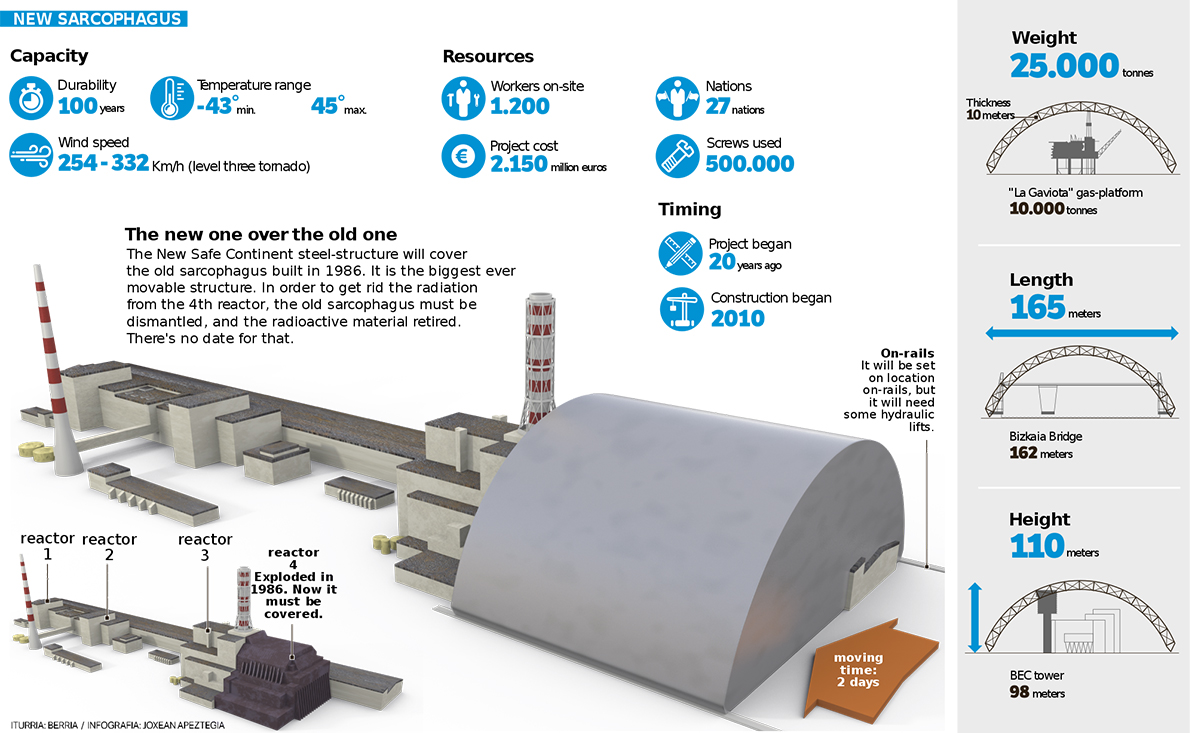
The new sarcophagus covering Chernobyl’s reactor No. 4 is expected to remain functional for a century. Graphic courtesy of Berria from Wikimedia Commons, licensed under CC BY-SA 4.0. Click to enlarge.
Skip forward to Cameron, Texas, on January 16, 2019. This was a nerve-wracking day for Liz Muller, co-founder of California startup technology company Deep Isolation and her father, Richard Muller, professor emeritus of physics at the University of California, Berkeley, and now chief technology officer at Deep Isolation.
The father-daughter team had invited 40 nuclear scientists, U.S. Department of Energy officials, oil and gas professionals, and environmentalists to witness the first-ever attempt to test whether the latest oil-fracking technology could be used to permanently dispose of the most dangerous nuclear waste.
At 11:30 a.m., the crew of oil workers used a wire cable to lower a 30-inch (80-centimeter)-long, 8-inch (20-centimeter)-wide 140-pound (64-kilogram) canister — filled with steel rather than radioactive waste — down a previously drilled borehole. Then, using a tool called a “tractor” invented by the industry to reach horizontally into mile-deep oil reservoirs, they pushed it 400 feet (120 meters) farther away from the borehole through the rock.
Five hours later, the crew used the tractor to relocate and collect the canister, attach it to the cable and pull it back to the surface — to the cheers of the workers. Until then, few people in the nuclear industry believed this could be done.
By avoiding the need to excavate large, expensive tunnels to store waste below ground, the Deep Isolation team believes it has found a solution to one of the world’s most intractable environmental problems — how to permanently dispose of and potentially retrieve the hundreds of thousands of tons of nuclear waste presently being stored at nuclear power plants and research and military stations around the world.
“We showed it could be done,” Elizabeth Muller says. “Horizontal, directional drilling has come a long way recently. This is now an off-the-shelf technology. Using larger canisters, we think about 300 boreholes with tunnels up to 2 miles (3 kilometers) long would be able to take much of the U.S.’s high-level nuclear waste. We think we can reduce by two-thirds the cost of permanent storage.”

Workers lower a canister into a borehole in January 2019 as part of a test of a potential radioactive waste storage strategy developed by Deep Isolation, a California startup. Photo courtesy of Deep Isolation, Inc.
“We are using a technique that’s been made cheap over the last 20 years,” says Richard Muller, who has worked in the shale gas industry. “We realized we could put together the oil and nuclear technologies. One offered the solution to the other. These capsules can be lowered deep down, far deeper than anyone has proposed, and stored underneath a billion tons of rock so none of the radiation gets out.”
Great Stockpiles
The dilemma of how to manage nuclear waste — radioactive materials routinely produced in large quantities at every stage of nuclear power production, from uranium mining and enrichment to reactor operation and the reprocessing of spent fuel — has taxed the industry, academics and governments for decades. Along with accidents, it has been a major reason for continuing public opposition to the industry’s further expansion despite substantial interest in nuclear’s status as a low-carbon power source that can help mitigate climate change.
In 80-odd years of nuclear power, in which more than 450 commercial reactors, many experimental stations and tens of thousands of nuclear warheads have been built, great stockpiles of different levels of waste have accumulated.
Depending on how countries classify waste, only about 0.2–3% by volume is high-level waste, according to the World Nuclear Association, a London-based industry group that promotes nuclear power. Mostly derived from civil reactor fuel, this is some of the most dangerous material known on Earth, remaining radioactive for tens of thousands of years. It requires cooling and shielding indefinitely and contains 95% of the radioactivity related to nuclear power generation.
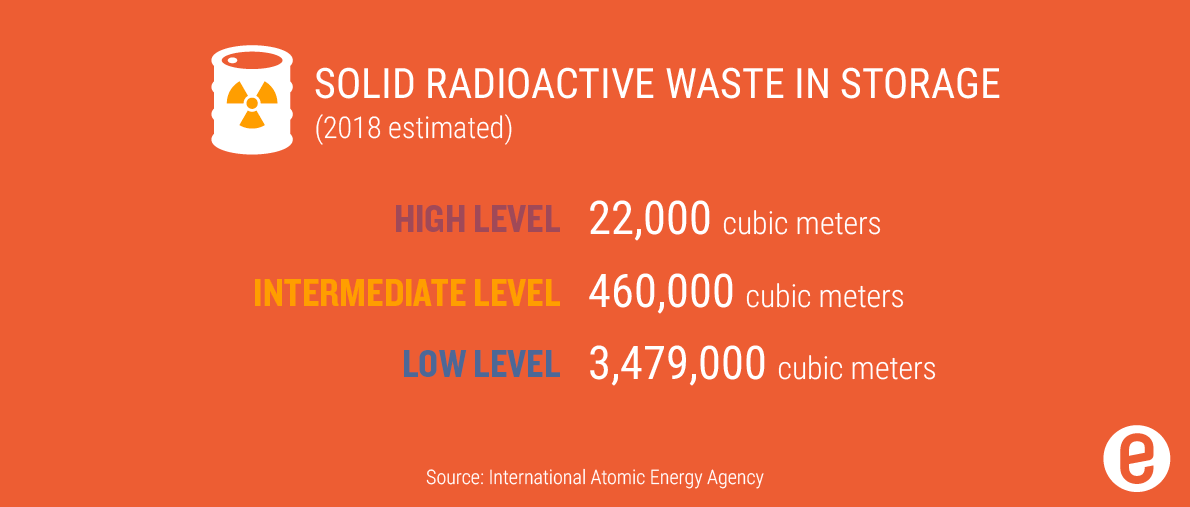 A further 7% or so by volume, known as intermediate waste, is made up of things like reactor components and graphite from reactor cores. This is also highly dangerous, but it can be stored in special canisters because it does not generate much heat.
A further 7% or so by volume, known as intermediate waste, is made up of things like reactor components and graphite from reactor cores. This is also highly dangerous, but it can be stored in special canisters because it does not generate much heat.
The rest is made up of vast quantities of what is called low-level and very low level waste. This comprises scrap metal, paper, plastics, building materials and everything else radioactive involved in the operation and dismantling of nuclear facilities.
The consensus is that around 22,000 cubic meters (29,000 cubic yards) of solid high-level waste has accumulated in temporary storage but not been disposed of (moved to permanent storage) in 14 western countries, along with unknown amounts in China, Russia and at military stations. A further 460,000 cubic meters (600,000 cubic yards) of intermediate waste is being stored, and about 3.5 million cubic meters (4.6 million cubic yards) of low-level waste. Some 34,000 cubic meters (44,000 cubic yards) of new high-level and intermediate waste is generated each year by operating civil reactors, says another nuclear industry group, the World Nuclear Association (WNA).
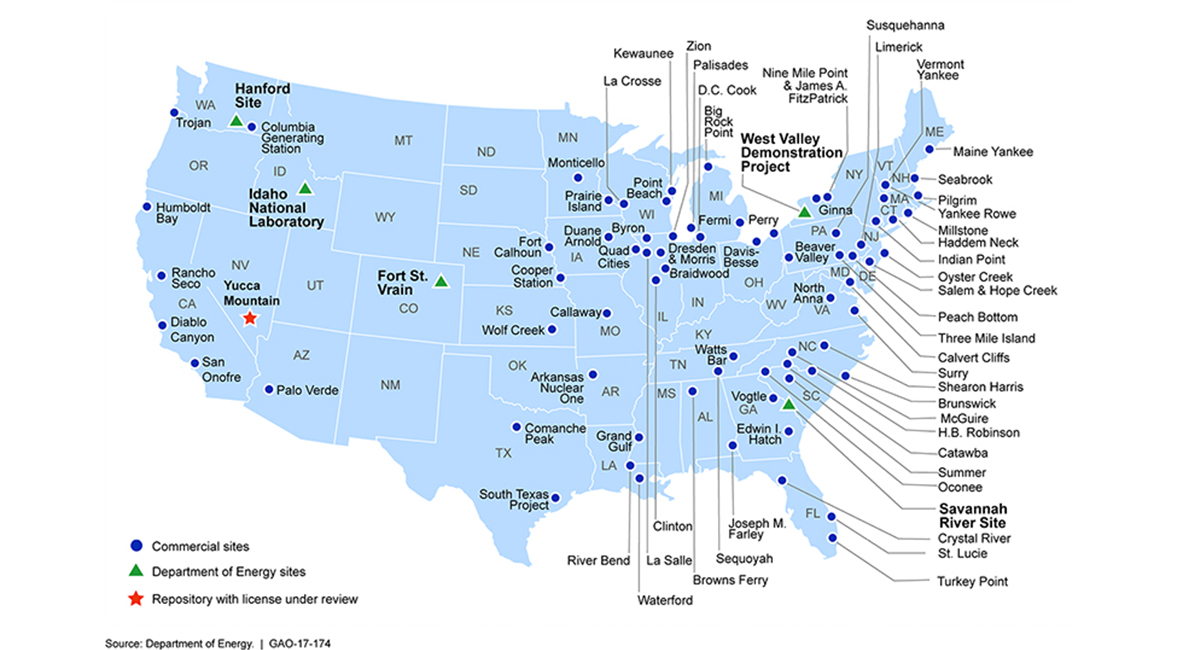
High-level radioactive waste and spent nuclear fuel storage is stored at 80 sites scattered across the U.S. Map courtesy of the U.S. Department of Energy. Click to enlarge.
The U.S., with 59 nuclear power plants comprising 97 working civil reactors each generating at least several tons of high-level waste per year, has around 90,000 metric tons (99,000 tons) of high-level waste awaiting permanent disposal, according to the U.S. Government Accountability Office. Although it’s impossible to come up with a global total because of differences in how quantities are measured and reported, and with some inventories kept secret, other countries harbor significant amounts of waste as well.
Many Ideas
In the early days of nuclear power, waste of any sort was barely considered. British, U.S. and Russian authorities, among others, dumped nuclear waste, including more than 150,000 metric tons (160,000 tons) of low-level waste at sea or in rivers. Since then, billions of dollars have been spent trying to identify how best to reduce the amount produced and then store it for what may be eternity.
Many ideas have been investigated, but most have been rejected as impractical, too expensive or ecologically unacceptable. They include shooting it into space; isolating it in synthetic rock; burying it in ice sheets; dumping it on the world’s most isolated islands; and dropping it to the bottom of the world’s deepest oceanic trenches.
Vertical boreholes up to 5,000 meters (16,000 feet) deep have also been proposed, and this option is said by some scientists to be promising. But there have been doubts because it is likely to be near impossible to retrieve waste from vertical boreholes.
Two scientific developments excite nuclear scientists. One is to build a new generation of advanced fast neutron reactors, which would use the high-level waste as fuel. This slowly emerging “Generation IV” nuclear power program is billed by the industry as safer and more efficient. But even though such reactors can reduce the degree of hazard the waste poses, they don’t solve the issue entirely.
“These new reactors will still need a waste repository, likely as large as a repository for the waste produced by the current crop of conventional reactors,” says Allison MacFarlane, director of the Institute for International Science and Technical Policy at The George Washington University and chair of the U.S. nuclear regulatory commission in 2012–14.
The other technology that could reduce waste, known as transmutation, aims to reduce radiotoxicity by using lasers to change the composition of dangerous waste. It has been investigated for decades in the U.K., U.S., Sweden and elsewhere but without great success.
“Nuclear energy may be the best candidate for the future, but we are still left with a lot of dangerous junk.” – Gérard MourouBut the idea was boosted in December 2018 by French Nobel prize–winning physicist Gérard Mourou, who, in his acceptance lecture, said laser beams millions of times brighter than the surface of the sun in bursts that last a millionth of a billionth of a second had the potential to neutralize nuclear waste, reducing its half-life to a few years and its radioactivity to very little.
“Nuclear energy may be the best candidate for the future, but we are still left with a lot of dangerous junk. The idea is to transmute this nuclear waste into new forms of atoms which don’t have the problem of radioactivity. What you have to do is to change the makeup of the nucleus,” he said in the lecture.
But Mourou accepted that it might take decades before this “extreme light” solution could be deployed to destroy nuclear waste on an industrial scale.
“No Reliable Method”
After decades of civil nuclear power and billions of dollars spent researching different geological sites and ways to best dispose of the waste, the problems are both technical and political, and the consensus of governments and industry is that deep burial is the best solution — at least for the moment.
Yet, so far, no country has managed to build a deep repository for high-level waste.
“Although almost every nuclear country has, in principle, plans for the eventual burial of the most radioactive waste, only a handful have made any progress and nowhere in the world is there operating an authorized site for the deep geological disposal of the highest level radioactive waste,” says Andrew Blowers, author of The Legacy of Nuclear Power and a former member of the Committee on Radioactive Waste Management (CORWM) set up to advise the U.K. government on how and where to site and store nuclear waste.
“Currently no options have been able to demonstrate that waste will remain isolated from the environment over the tens to hundreds of thousands of years. There is no reliable method to warn future generations about the existence of nuclear waste dumps,” he says.
“The nuclear legacy stretches into the far future; it poses a risk to environments and human health for periods which extend well beyond our comprehension. Radioactive waste is the Achilles heel of the industry,” says Blowers.
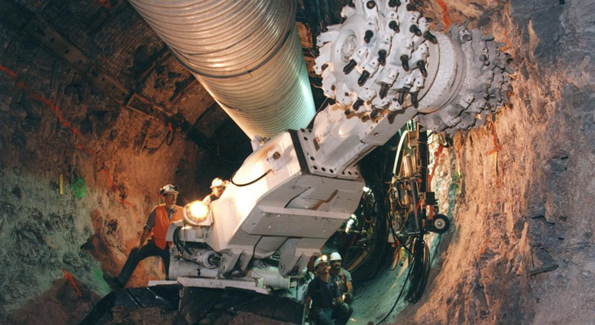
Deep inside Yucca Mountain in Nevada, mining machines have carved chambers for storing nuclear waste — but the facility has yet to be licensed or used. Photo courtesy of the U.S. Department of Energy
The U.S., has come closest with a single deep repository. The Waste Isolation Pilot Plant (WIPP) in New Mexico is a 2,150-foot (655-meter)-deep complex for the disposal of “transuranic” waste, or long-lived intermediate level waste, mostly deriving from military bomb-making.
By law, however, all high-level U.S. nuclear waste must go to Yucca Mountain in Nevada, since 1987 the designated deep geological repository about 90 miles (140 kilometers) northwest of Las Vegas. But the site has been met with continued legal, regulatory and constitutional challenges, becoming a political yo-yo since it was identified as a potentially suitable repository. It is fiercely opposed by the Western Shoshone peoples, Nevada state and others.
A massive tunnel was excavated in Yucca Mountain but was never licensed and the site is now largely abandoned — to the frustration of the federal government and the nuclear industry, which has raised more than US$41 billion from a levy on consumer bills to pay for the repository and which must pay for heavy security at their temporary nuclear waste storage sites.
“We need a high-level repository. We are holding waste now at about 121 sites across the U.S.,” says Baker Elmore, director of federal programs at the Nuclear Energy Institute. “This costs the taxpayer US$800 million a year. We have 97 [nuclear] plants operating and the amount of waste is only going to grow. We are not allowing the science to play out here. There is US$41 billion in the government’s nuclear waste fund, and Yucca mountain is scientifically sound. We want a decision. We are going to need more than one repository.”
He is supported by U.S. energy secretary Rick Perry. “We have a moral and national security obligation to come up with a long-term solution, finding the safest repositories available. … [W]e can no longer kick the can down the road,” he said at a senate hearing in June 2017.
Painfully Slow
Political and community opposition to plans has made progress painfully slow in most countries. In the U.K., the government has offered communities money, but has been unable to persuade any local authority to host a permanent deep repository. Massive protests in France and Germany helped fuel the political rise of the Green Party and have indefinitely delayed or stopped work on proposed repositories.
Only Finland is close to completing a deep repository for high-level waste. Only Finland is close to completing a deep repository for high-level waste. In May, work started on an “encapsulation” plant where waste will be packed inside copper canisters that will be transferred into 400- to 450-meter (1,300- to 1,500-foot)-deep underground tunnels. But doubt has been cast on the long-term safety of the canisters.
“The problem is intractable,” says Paul Dorfman, founder of the Nuclear Consulting Group, a group of around 120 international academics and independent experts in the fields of radiation waste, nuclear policy and environmental risk. “The bitter reality is that there is no scientifically proven way of disposing of the existential problem of high- and intermediate-level waste. Some countries have built repositories, some plan them. But given the huge technical uncertainties, if disposal does go ahead and anything goes wrong underground in the next millennia, then future generations risk profound widespread pollution.”
Many people now doubt that a satisfactory final repository will ever be found.
“Managing the nuclear legacy is not just a technical issue but a social one,” says Blowers. “The truth is that whatever efforts are made to bury and forget it, it will not go away. For the foreseeable future, the future is the safe and secure storage that is already in situ [at nuclear plants]. In the longer term better options may materialize.”
“Given the time scales involved there is no need to hurry. Society can and should take its time dealing with its nuclear legacy,” he says.
Liz and Richard Muller, for their part, are undaunted and eager to speed up the process. “We are approaching other countries and they are interested,” says Liz Muller. “We are confident we can provide them with another option.”
Related Posts
Ensia shares solutions-focused stories free of charge through our online magazine and partner media. That means audiences around the world have ready access to stories that can — and do — help them shape a better future. If you value our work, please show your support today.
Yes, I'll support Ensia!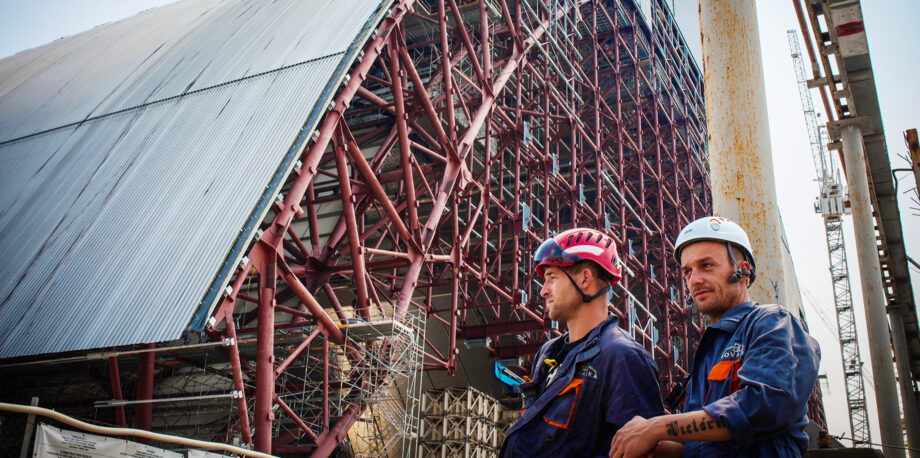
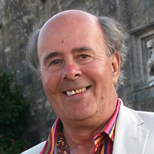


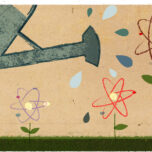
What a pity, then, that this article, and its title, mindlessly accept the current dogma about nuclear power being the solution to climate change! To believe this is to ignore nuclear's serious problems, and especially the fact that the thousands of nuclear reactors required would never be built in time to have any effect on global warming - even if that claim were true - which it isn't
Surely one answer to the disposal problem is to burn a great deal of the waste in thorium reactors. They could reduce the waste pile hugely whilst generating energy - being paid to dispose of the waste would make it even more economically viable...
Historically the nuclear power bargain has been that it saves most of those people, and of those whom waste would have killed, all, but it eliminates the revenue
Secondarily, this is a long term problem, but a shorter term approach that is good enough may be required.
Lastly, climate change is a far bigger and more proximate risk than radioactive waste, so we need a method or serious of methods that are good enough, and which can be politically sold.
Locations for shorter term storage need to be, geologically stable, very difficult to access, relatively easy to secure, far from human populations, and not face political opposition. May I nominate some place in the very stable Canadian shield in a place or places in Northern Canada. Selling this to parliamentarians and the public is the tough part, and relies upon transparency and honesty about what the real risks are - as opposed to the projected ones.
The problem is, people are easily terrified by nuclear because they have seen what it can do in weapons, and because ionizing radiation is undetectable by naked human sense organs. Being able to address that fear, to mitigate it, is a big part of the challenge.
Sadly none of those responsible for this disaster will be the ones facing the consequences.
There is of course one in the ocean*. In the land underfoot, within drill range, there are thousands.
Fission is a kind of radioactivity, so an operating reactor can contain one or two ocean units. Concentrated in such a small space, it can kill and has killed.
But although you have heard many times of the danger of nuclear power waste, you have never heard of its doing any actual harm. That is because 30 years on, if the reactor went at one ocean unit, the waste is at 0.0000461 ocean units. Recall that the land underfoot contains thousands of ocean units.
If nuclear waste diminished in radioactivity in its first 30 years and then just stayed that radioactive forever, it would not be a real problem. Burying it would amount to forever management, same as with the vastly greater amount of natural underfoot radioactivity. But of course it diminishes much further over subsequent millennia.
If ancient Rome had been nuclear-powered, we might have spent Roman fuel rods nakedly on display in museums. That would be one kind of long-term management. But just burying it and forgetting about it is also entirely prudent.
Why would anybody want to RETRIEVE this waste?
The German Government recently published a study that describes a technology with which nuclear waste can be separated into its constituents with high precision and thus split into usable commodities and a tiny fraction (5%) of material that actually has to be stored in a nuclear waste disposal facility. (See https://festkoerper-kernphysik.de/nudest for more details. At the institute, I am acting CFO.)
Further, it is no natural law that nuclear waste is useless and has to be stored away for geological time periods. With technical developments such as the Dual Fluid Reactor, used fuel rods could be transformed into liquid fuel for the next generation reactors. These reactors are self-regulating, fail-safe by physics (and not technical design), use up their fuel completele (without waste), cheap to manufacture, able to produce synthetic fuels cost-efficiently, enable the emission-free production of glass, metals and cement. (cf. https://dual-fluid-reaktor.de/en/)
Nuclear technology has not even begun properly. It will play the dominant part in fueling societies in the 21st century. And: Consider the nuclear waste issue as solved. We only need to allow further development of nuclear technologies, instead of blocking it, as we tend to do in many Western countries.
Consider the ten containers seen behind the people at http://clcinfo.ca/hornepayne/wp-content/blogs.dir/2/files/gallery-hornepayne/sitevisit_nov22.jpg .
They represent only about $11 million worth of gas, at the recent low prices, but that's just what the unenriched UO2 inside them can do in a single pass through a heavy water reactor.
It fissions about one percent of the fuel nuclei.
The rest sit awaiting the construction of EBR-1-like systems. When those come, they can replace a billion dollars' worth of natural gas.
Every reactor on the planet can't produce that. Nuclear plants produce less nuclear waste over their lifetimes than a coal plant produces a day. And if we reprocessed the high level waste as France does it would be less still.
I'm sorry. The technology seems interesting but the article is... weird.